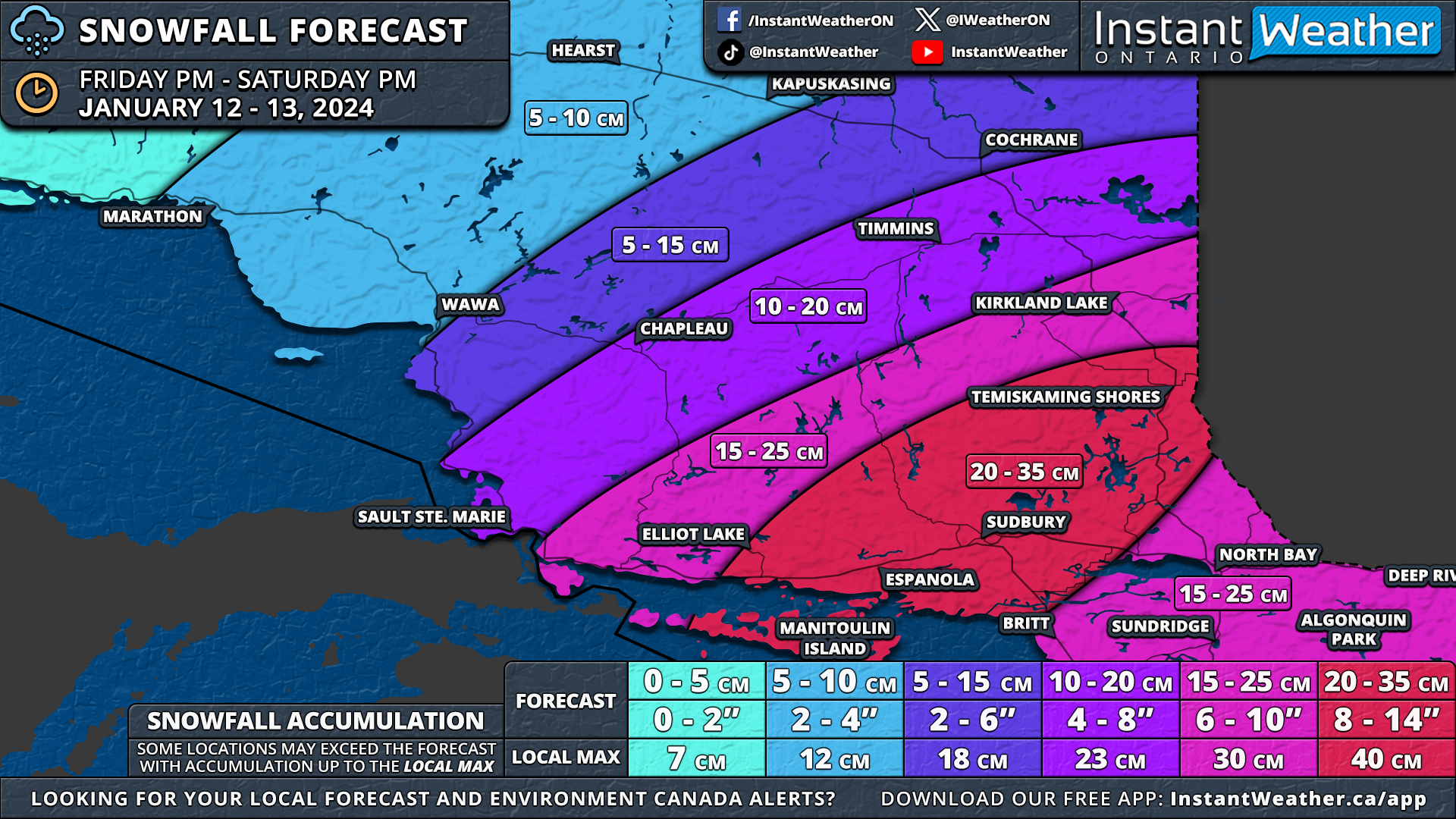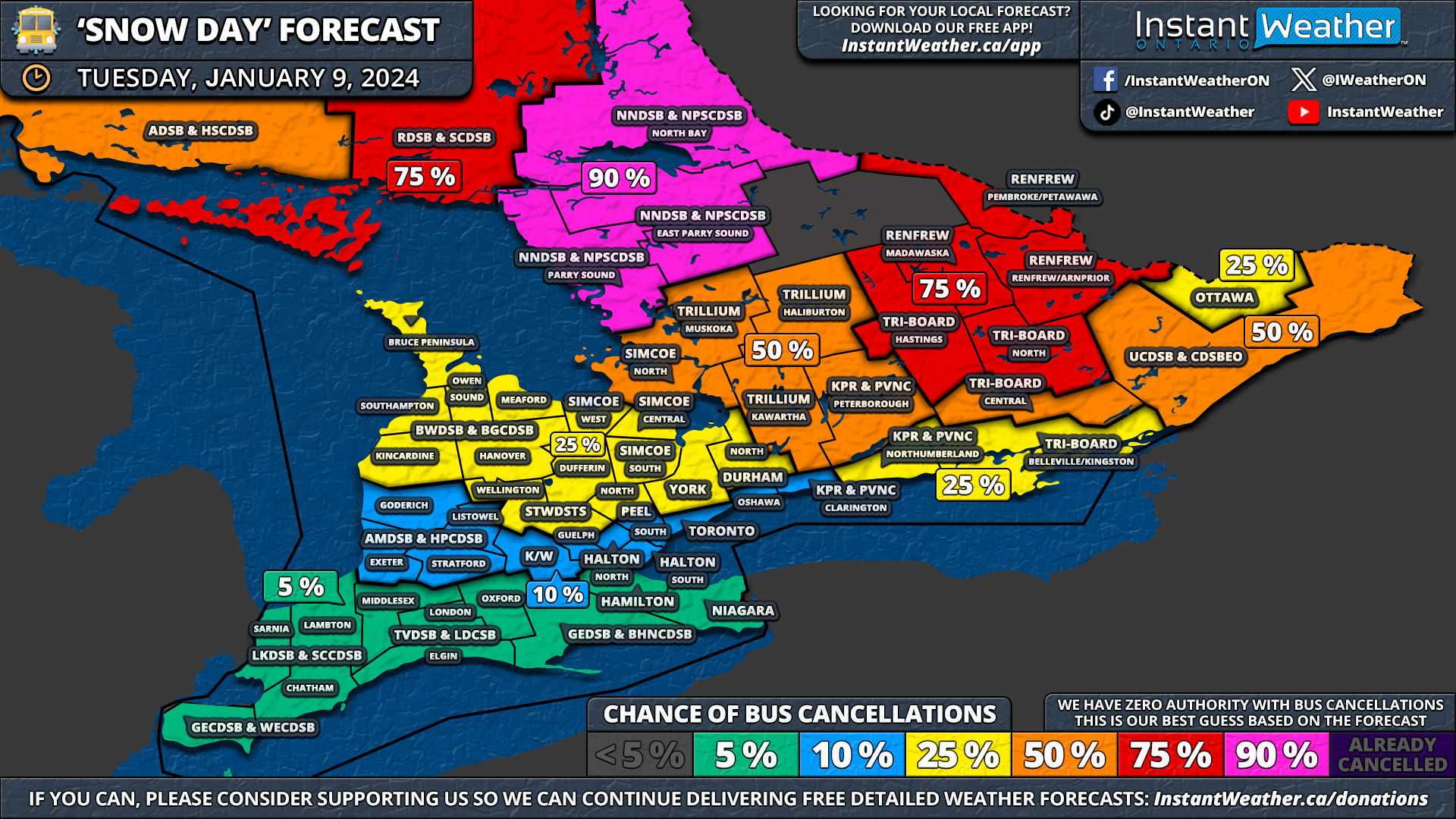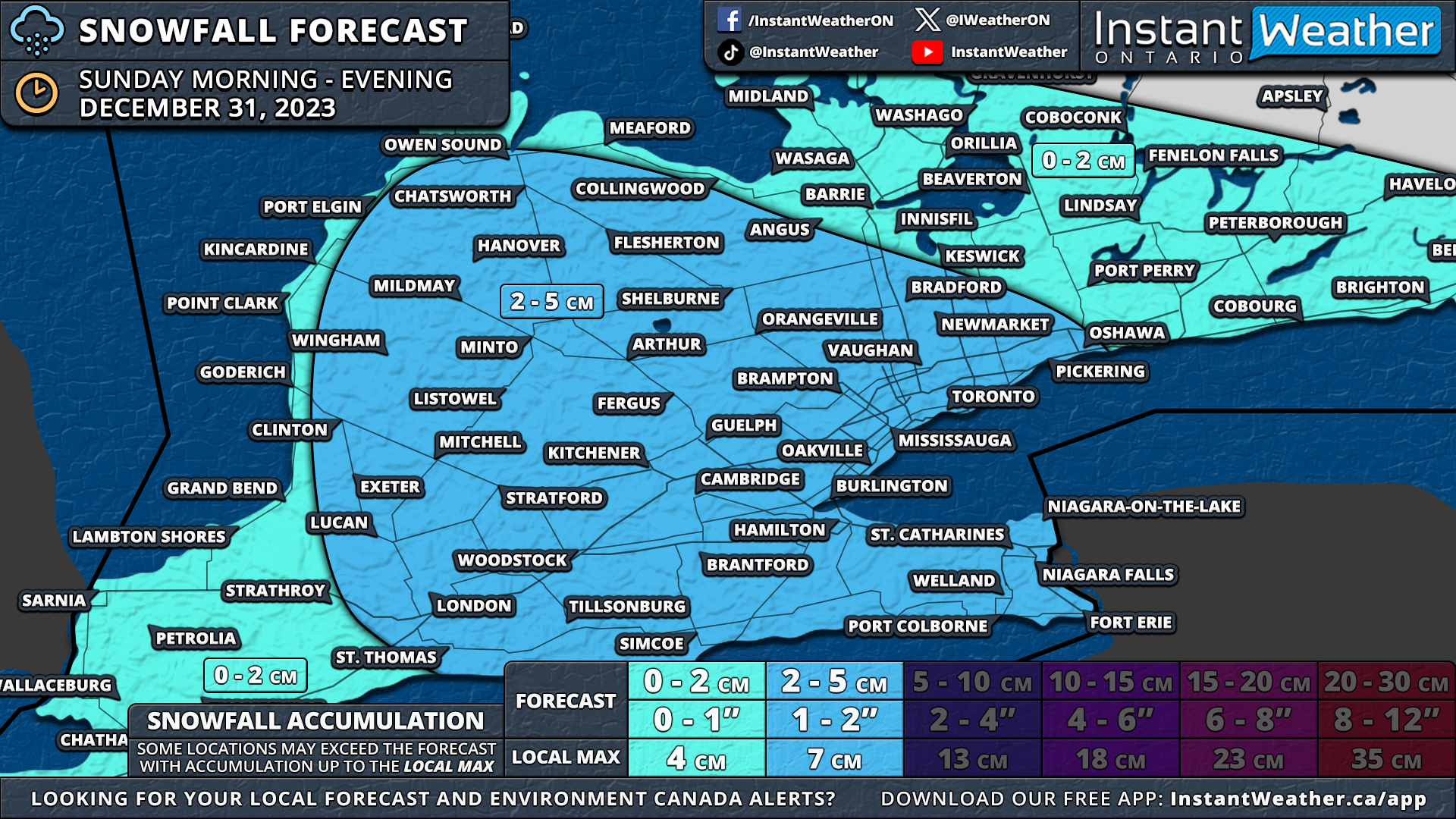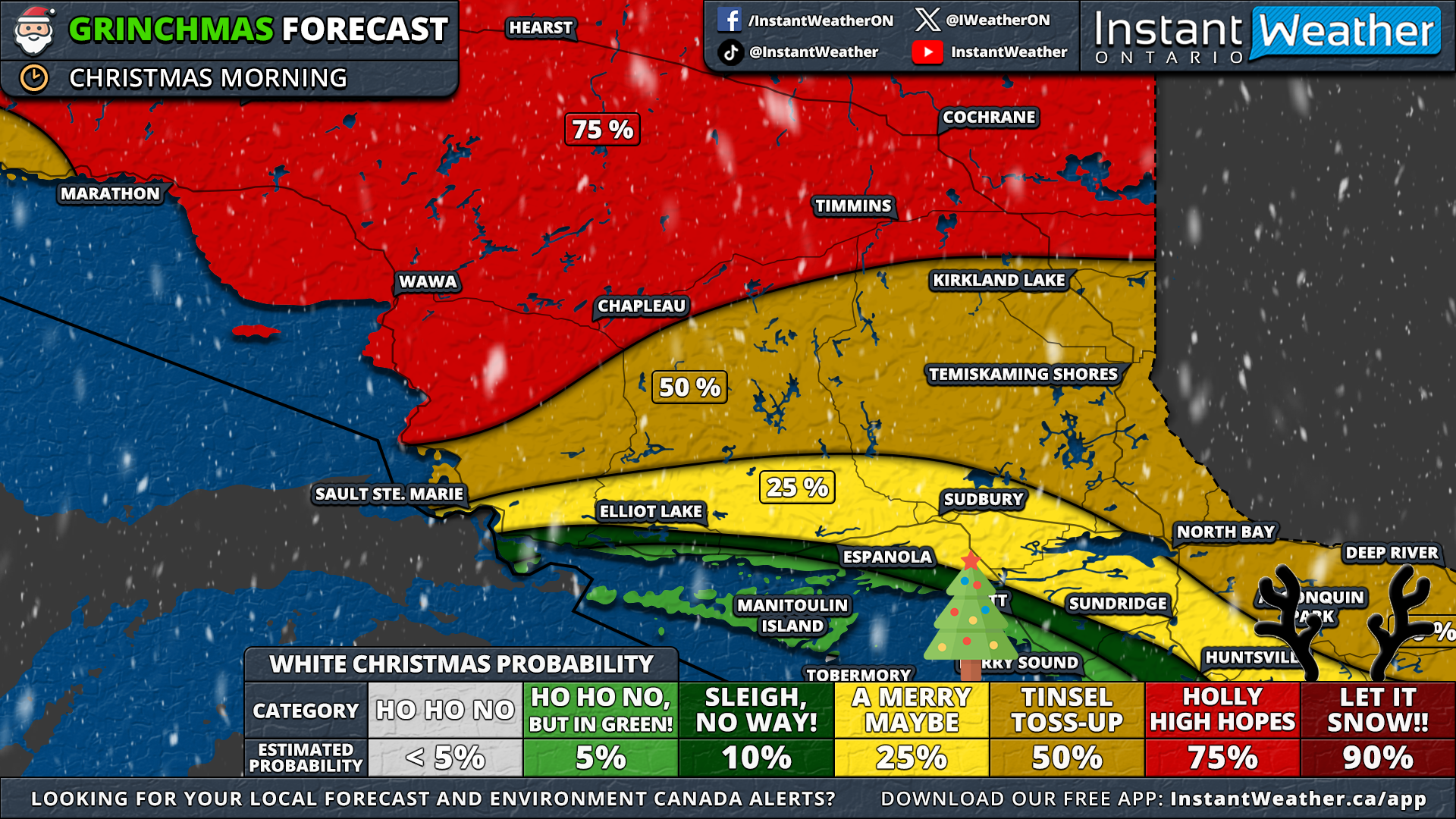Environment Canada Issues an EXTREME COLD WARNING for Parts of Southern Ontario; -30°C Wind Chills Overnight Tuesday
/As the cold air continues to set in across Ontario, Environment Canada has issued an expansive Extreme Cold Warning. The alert warns of hazardous wind chill values nearing -30°C tonight into Wednesday morning. This includes Windsor, Chatham, Sarnia, London, Kitchener and Orangeville.
This intense cold poses a risk to everyone, especially young children, the elderly, individuals with chronic illnesses, outdoor workers, and those without adequate shelter.
Symptoms of cold exposure, such as shortness of breath, chest pain, muscle pain and weakness, numbness, and color change in fingers and toes, should be monitored closely.
With the risk of frostbite developing within minutes on exposed skin, it's crucial to cover up. Remember to keep emergency supplies in your vehicle, including extra blankets and jumper cables. This is especially the case as some regions are experiencing snow squalls, leading to increased potential for becoming stranded.
If conditions are too harsh for you, they are also too harsh for pets to be outdoors.
For the full list of affected locations, click here.
Stay safe and ensure you're prepared for severe cold weather conditions!





























































